Not all salty foods are high in salt - and conversely, there are dishes that seem "delicious and harmless" that are causing us to consume far more salt than the daily allowance without even knowing it.
“Not salty” does not mean “low salt”
In many people's minds, only foods that have a distinct salty taste need to be considered when controlling salt. However, modern nutritional science shows that many foods contain high levels of sodium (salt) but do not have a distinct salty taste - making it easy for consumers to be caught off guard and accidentally consume too much.
The World Health Organization (WHO) recommends that adults should only eat less than 5g of salt/day, equivalent to about 2,000mg of sodium, to reduce the risk of cardiovascular, blood pressure, and kidney diseases. Meanwhile, according to the Ministry of Health 's 2021 National Survey on Non-Communicable Disease Risk Factors, Vietnamese people are consuming nearly double this level.
Eating too much salt is silently pushing many people closer to dangerous diseases, especially in the context of increasingly popular processed foods.
Foods high in salt but low in saltiness
The composition of salt includes sodium and chloride (NaCl), in which sodium is the main ingredient that creates the salty taste of salt and sodium is also the culprit that causes high blood pressure if too much salt is consumed.
According to common concept, foods with high salt content will often taste salty, however, there are many foods that contain high salt content but are not easily recognized by taste, such as the following:
1. Cheese and processed milk
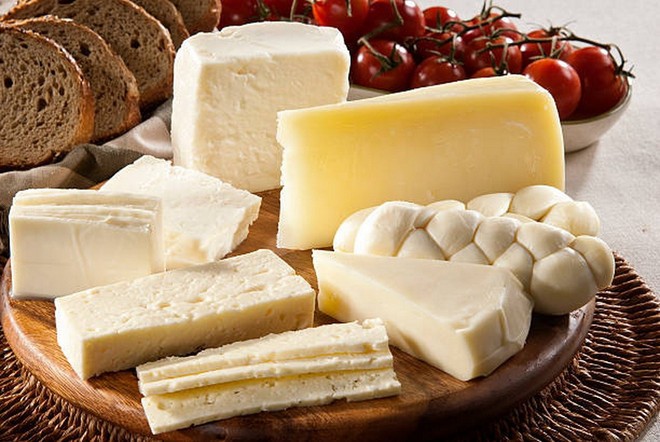
Despite being rich and delicious, cheese can be a hidden source of salt. In 15g of regular cheese, the amount of sodium can reach 165mg, equivalent to 0.41g of salt - not a small amount when eaten with many other dishes.
2. Bread and pastries
You will be surprised to know that sandwich bread - a familiar breakfast food - can contain up to 276mg of sodium/100g, equivalent to 0.7g of salt. Although it does not taste salty, salt is still added to create texture, increase flexibility and prolong storage time.
3. Breakfast cereals

Often considered “healthy,” many commercial cereals contain added salt to soften the bitter taste and enhance the sweetness. This can account for up to 15% of the daily recommended intake of salt, depending on the brand.
4. Prepackaged sauces and spices
Just 100g of tomato sauce can contain 907mg of sodium, equivalent to 2.3g of salt. With condiments such as mayonnaise, salad dressing... we often use small amounts, but when used many times a day, the salt accumulates quite a bit.
5. Ham, cold cuts, sausages
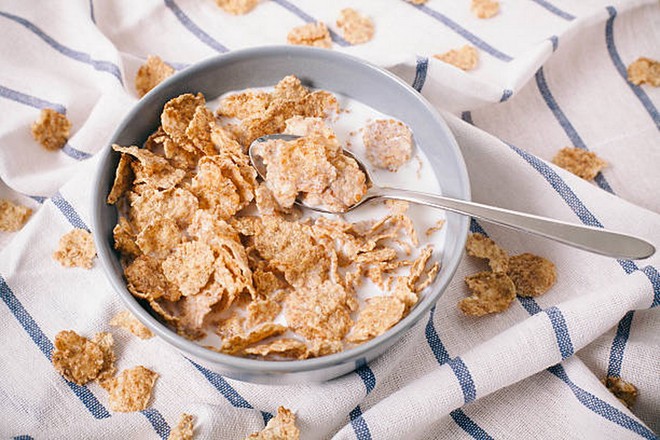
Salt is commonly used in processed meat products for preservation and flavor enhancement. For example, 80g of pork sausage contains 775mg of sodium, equivalent to 1.94g of salt - nearly 40% of the daily salt limit.
6. Instant noodles
Instant noodles are the “champion” of salt in processed foods. A 100g packet of noodles can contain up to 2,593mg of sodium - equivalent to 6.4g of salt, far exceeding the recommended daily intake.
7. Cakes, snacks, and chips of all kinds
Not all snacks taste salty, but salt is still present as a flavor enhancer and preservative. A small bag of potato chips can contain 170mg of sodium, or 0.43g of salt.
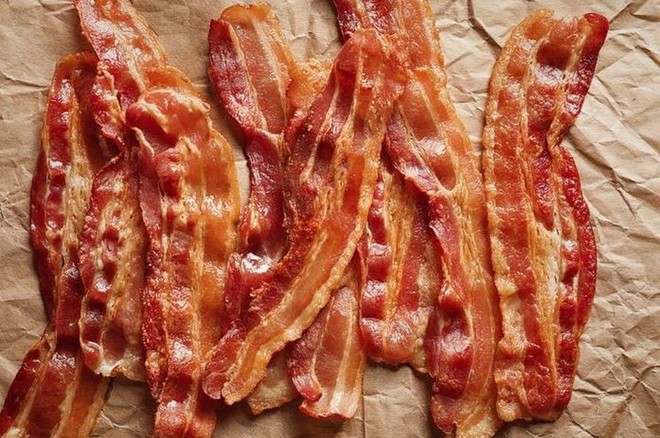
How to limit "hidden" salt in meals?
Choose fresh, unprocessed foods
Prioritizing vegetables, fresh meat and fish, whole grains... and preparing them at home will help you control the amount of salt added.
Reduce the use of salty spices
Limit fish sauce, salt, seasoning powder, and industrial soy sauce in cooking. Instead, use herbs, lemon, ginger, onion, garlic, etc. to create natural flavors.
Practice eating bland food
For children, it is advisable to get into the habit of eating bland food right from the start of weaning. Do not add salt to meals for children under 1 year old, and limit processed foods for young children.
Read food labels carefully
Pay attention to the amount of sodium on the packaging. Choose products labeled “low sodium,” “reduced salt,” or with less than 120mg of sodium per 100g – considered “low salt.”
Source: https://baolaocai.vn/nhung-thuc-pham-nhieu-muoi-nhung-khong-ro-vi-man-khien-chung-ta-mat-canh-giac-post649975.html


![[Photo] Super harvest moon shines brightly on Mid-Autumn Festival night around the world](https://vphoto.vietnam.vn/thumb/1200x675/vietnam/resource/IMAGE/2025/10/07/1759816565798_1759814567021-jpg.webp)





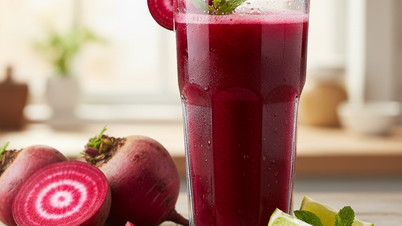




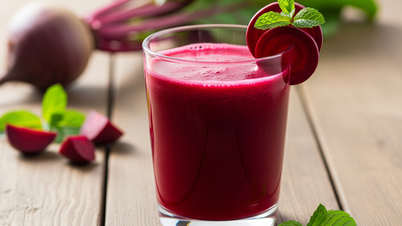
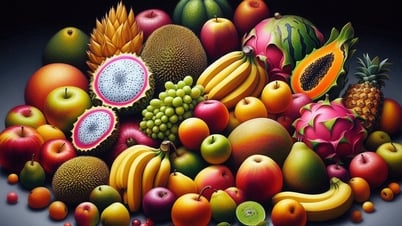
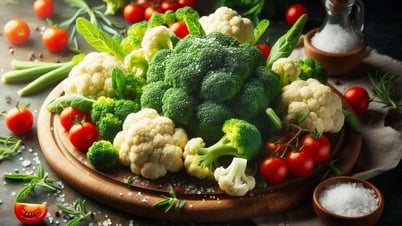


























































































Comment (0)